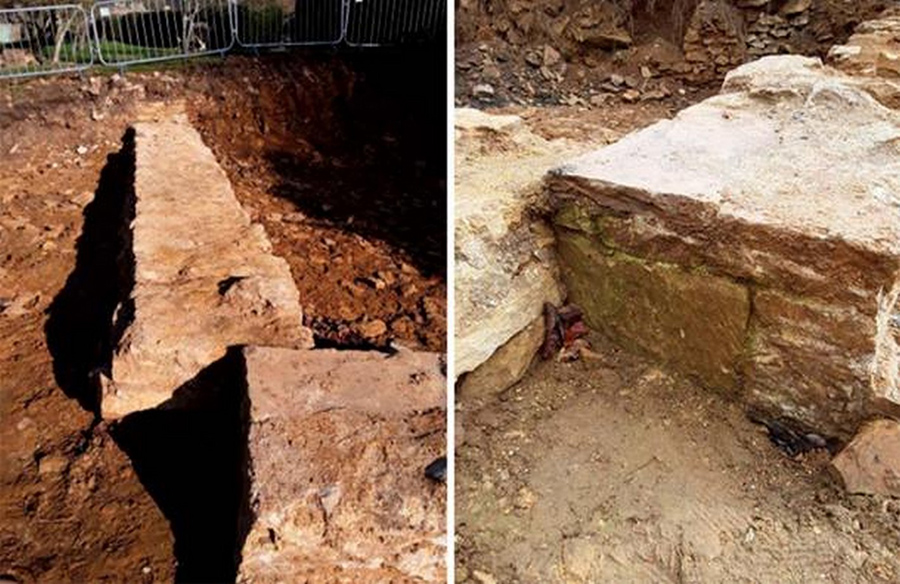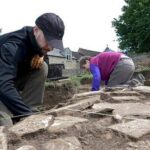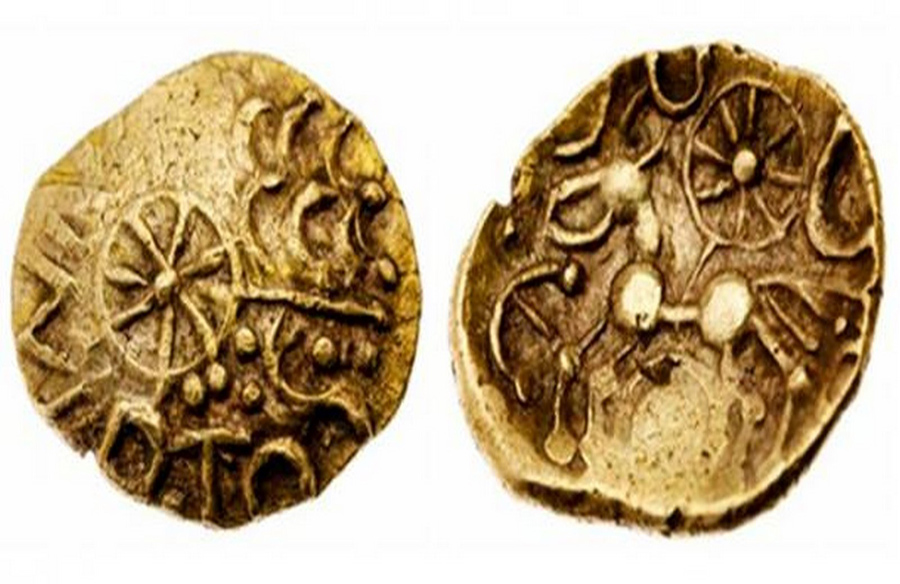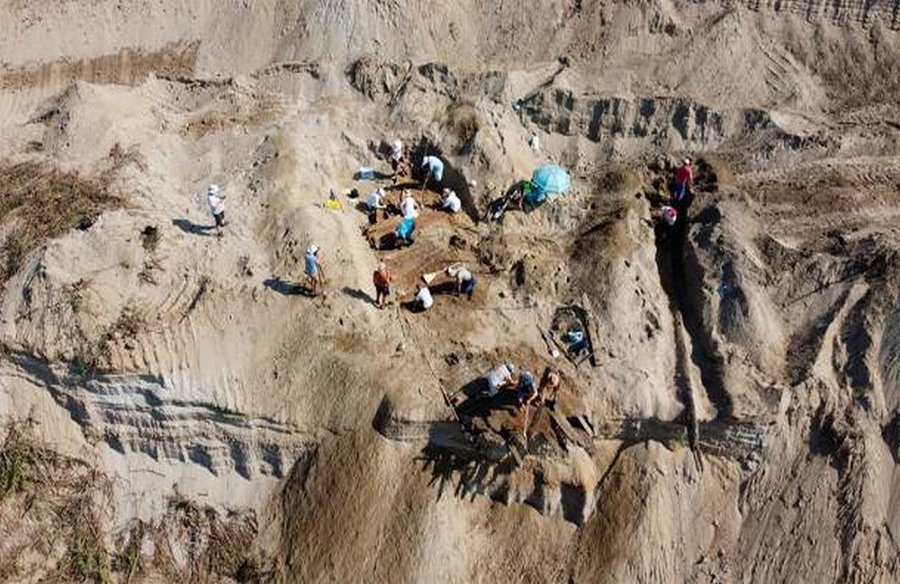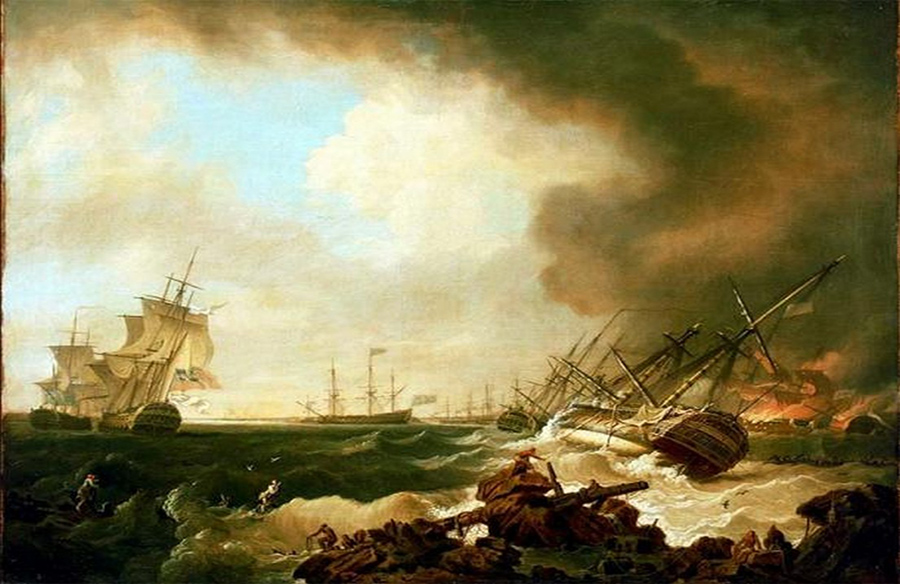A group of amateur historians, dedicated to uncovering England’s historical treasures, has recently made a remarkable discovery in the rural village of Collyweston, Northamptonshire. After nearly a decade of meticulous research and excavation, they claim to have found the long-lost Tudor palace associated with Lady Margaret Beaufort, a key figure in the Tudor dynasty and the grandmother of Henry VIII.
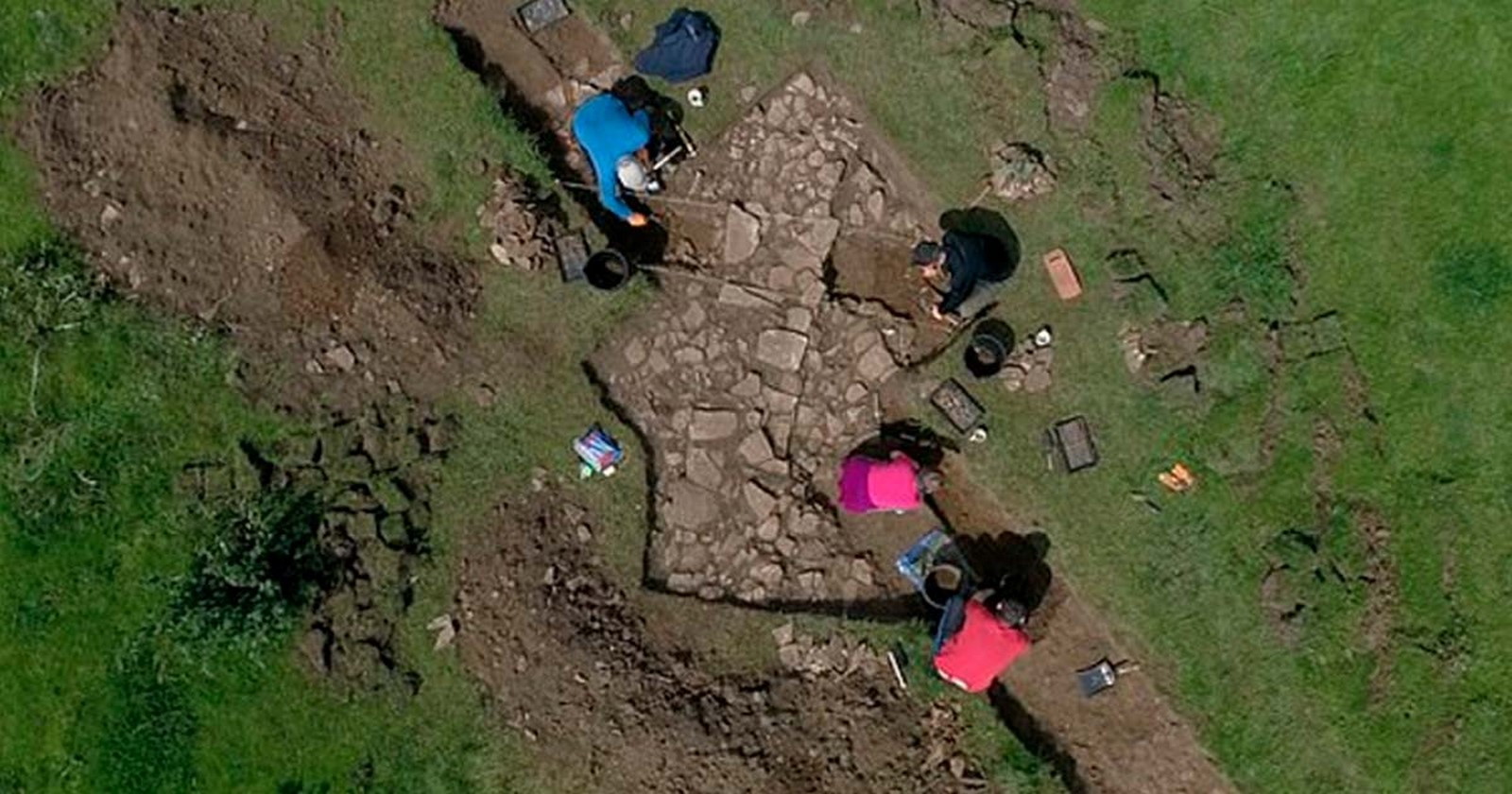
The Quest for Collyweston Palace
Collyweston, known for its distinctive blue-gray limestone slate, has long been the subject of local folklore regarding a vanished royal palace. The Collyweston Historical and Preservation Society (CHAPS), composed of passionate amateur historians, embarked on a mission to locate this elusive piece of England’s heritage.
Unveiling Underground Structures
After extensive landscape surveys and excavations spanning several years, CHAPS uncovered a series of underground structures believed to be the remnants of Lady Margaret Beaufort’s palace. This discovery marks a significant breakthrough in understanding the historical significance of Collyweston.
Lady Margaret Beaufort: A Tudor Matriarch
Lady Margaret Beaufort, renowned as the founder of the Tudor dynasty, played a pivotal role in shaping English history. Her support for her son, Henry VII, during the Wars of the Roses led to his victory at the Battle of Bosworth in 1485, establishing the Tudor reign.
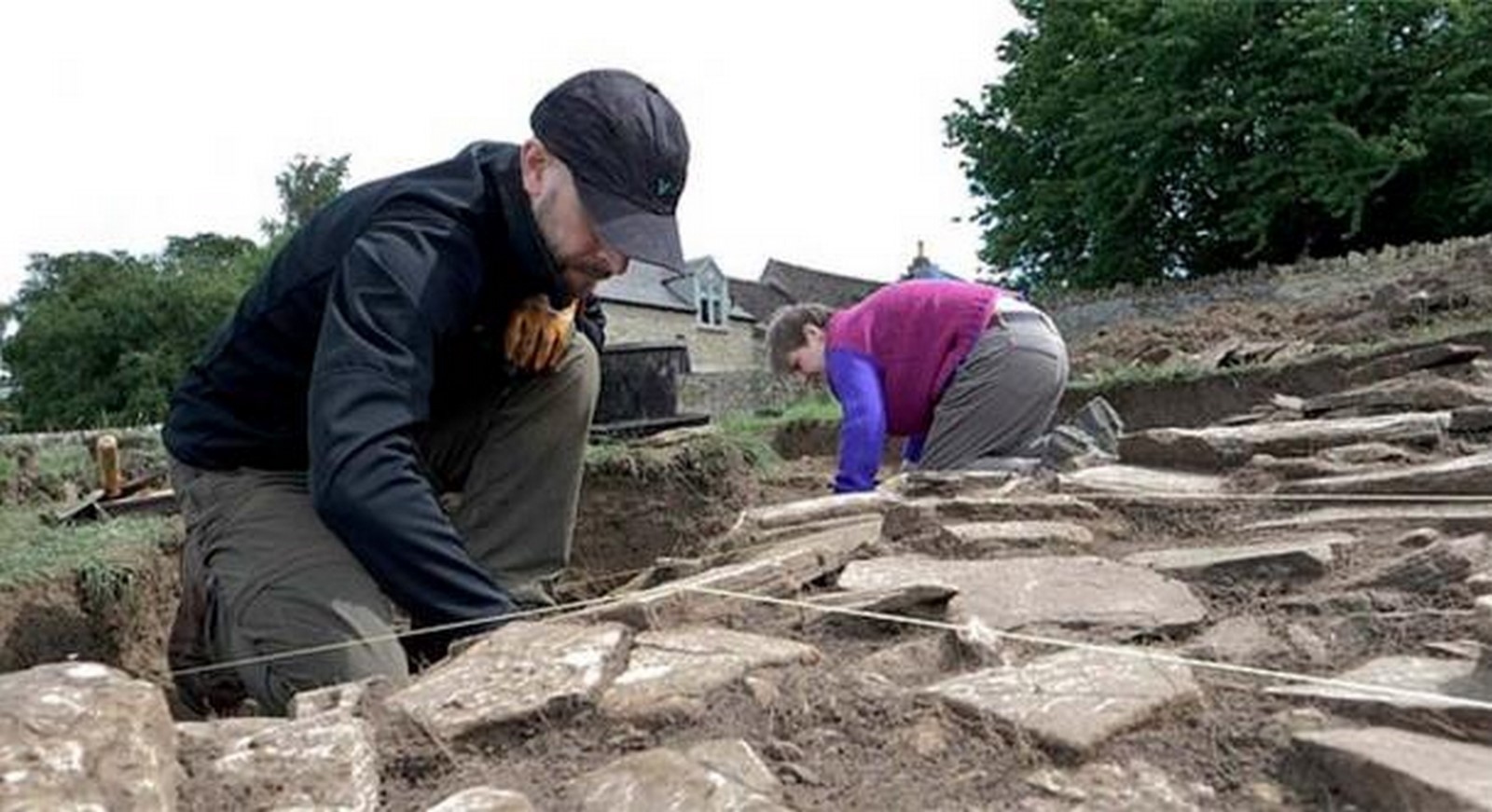
Royal Visitors and Grandeur
Both Henry VIII and his daughter, Elizabeth I, visited the palace at Collyweston, highlighting its importance in Tudor England. Described by Henry VIII as “fit and neate for a Kynge,” the palace served as a symbol of royal power and grandeur.
Amateur Historians’ Triumph
The discovery of Collyweston Palace by a group of amateur historians reflects their dedication and passion for preserving England’s rich heritage. Despite limited funding and resources, their perseverance led to the unearthing of a significant piece of history.
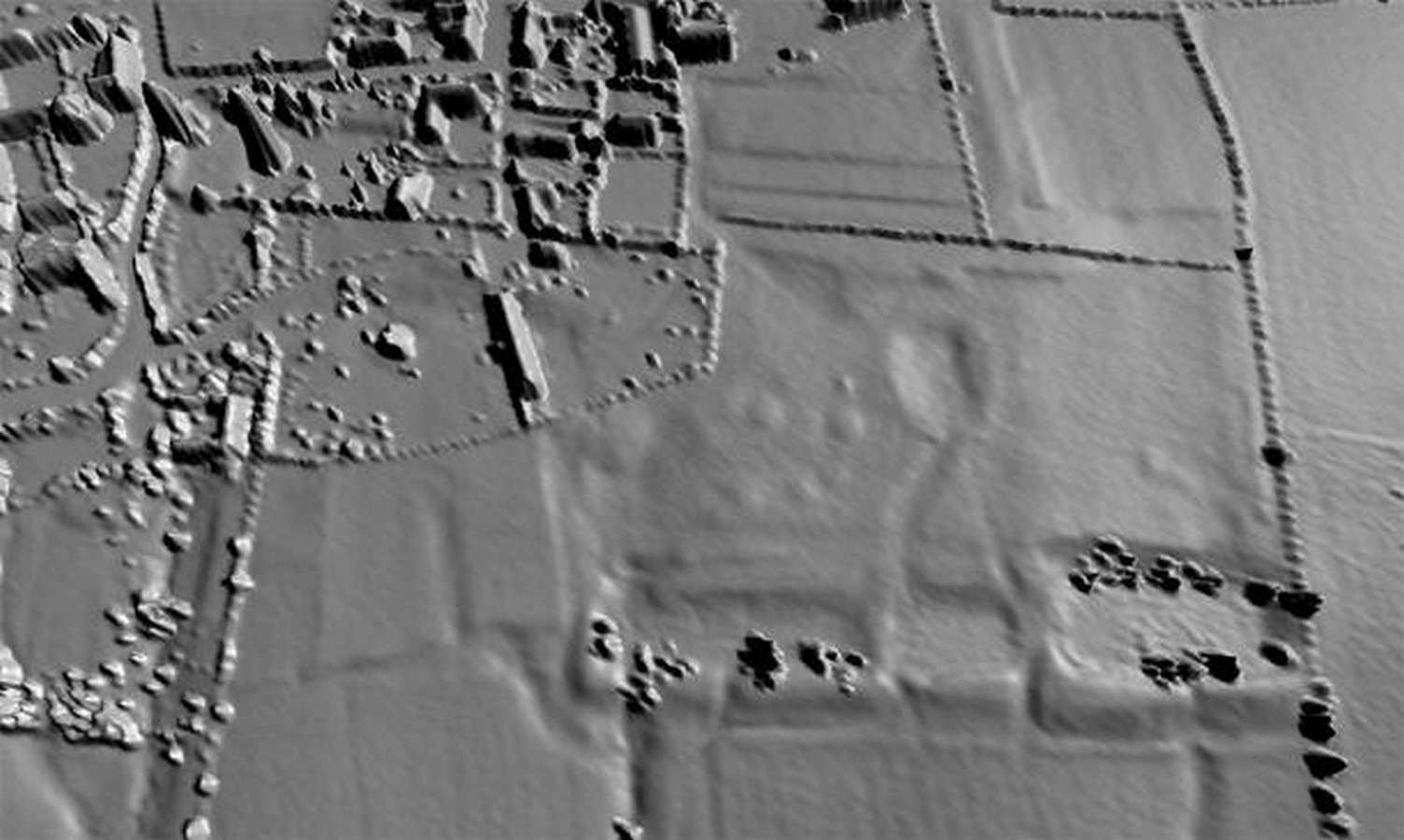
Legacy and Future Endeavors
Collyweston Palace, with its extensive network of buildings and historical significance, offers insights into Tudor-era governance and aristocratic life. While its exact location remains undisclosed to protect private properties, ongoing collaborations between CHAPS and heritage organizations promise to shed further light on this remarkable find.
Conclusion: A Testament to Amateur Dedication
The rediscovery of Collyweston Palace stands as a testament to the dedication and perseverance of amateur historians. Their tireless efforts have unearthed a lost chapter of England’s royal history, enriching our understanding of the Tudor era and its enduring legacy.
